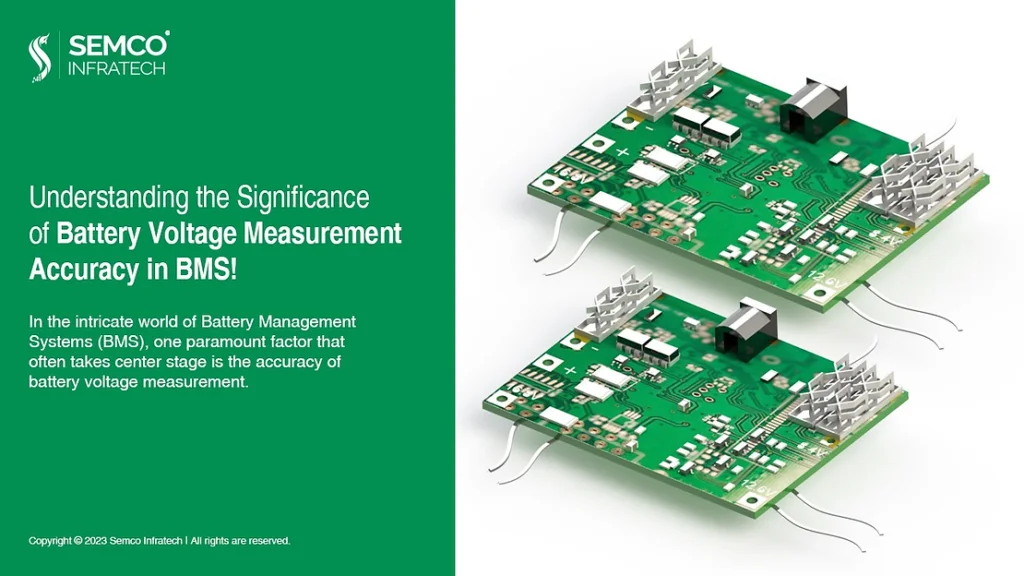
When the high-voltage system works, the current is as high as dozens of amps or even hundreds of amps.
Compared with traditional low-voltage connectors, high-voltage connectors need to withstand higher voltage and currents. In the face of harsh environments such as vibration and bumps, rain, snow and sands, the probability of failure of the high-voltage connection system is also greatly increased, and once a problem occurs, it will be overheated. The function of the vehicle will cause combustion accidents and threaten the safety of users. Therefore, new energy vehicles put forward higher requirements for the safety and reliability of high-voltage connectors.
In order to ensure the quality of high-voltage connectors, manufacturers will comprehensively test their electrical performance, mechanical properties, air tightness, environmental adaptability, etc. during production offline, but this does not ensure the safety and reliability of high-voltage connectors in the later use process.
Field use and experimental data show that among the various failure modes of automobile high-voltage connectors, the proportion of electrical contact failure is the largest, about 45%, and various failure modes account for as shown in the figure below. Major manufacturers have done a lot of work to prevent the failure design of high-voltage connectors, such as the common high-voltage interlock function, but there are still many high-voltage connector failure problems in the terminal market.
- Electrical contact failure
The reasons for electrical contact failure are generally insufficient electrical contact pressure, contact wear and so on. The structure of high-voltage connectors for new energy vehicles is shown in the figure below, which is mainly composed of contact parts, shielding layers, shells and accessories. Among them, the contact parts are responsible for transmitting electrical energy, which is the main weak link that causes electrical contact failure.
Due to the vibration of the whole vehicle, plug eccentricity, metal deformation, foreign body interference and other reasons, the contact parts of the high-voltage connector contact parts are poor and the contact resistance increases, resulting in serious heating when the passage of high current.
- Insulation failure
The surface of the high-voltage connector may fuse with the surface water film to form an ionic conductive channel. The reason for this result is that some of the insulation surfaces are difficult to clean, so they must be strictly screened during the quality inspection process. It should be noted that the voltage of the test insulation resistance is DC, and the test resistance strength is alternating current. The power of the test insulation resistance is much lower than the power of the test resistance.
- Mechanical connection failure
The mechanical connection failure of the electric connector is manifested in a variety of failure modes, which is inseparable from the process and use process. Welding, crimping, installation and stress state are the weak links of mechanical connection. Mechanical connection failure usually exposes problems during use. For products with high requirements, early screening and evaluation tests can be carried out to improve the reliability of use.
Conclusion
In fact, with the development of science and technology, there are more and more problems that people need to solve the failure of high-voltage connectors, and the failure modes of high-voltage connectors are far more than these, such as assembly errors, size insistence, air leakage, elastic component fracture, etc. Early screening and evaluation tests can be carried out in actual production operations. As a link between high-voltage components of new energy vehicles, its reliability directly affects the function and safety of vehicles.






